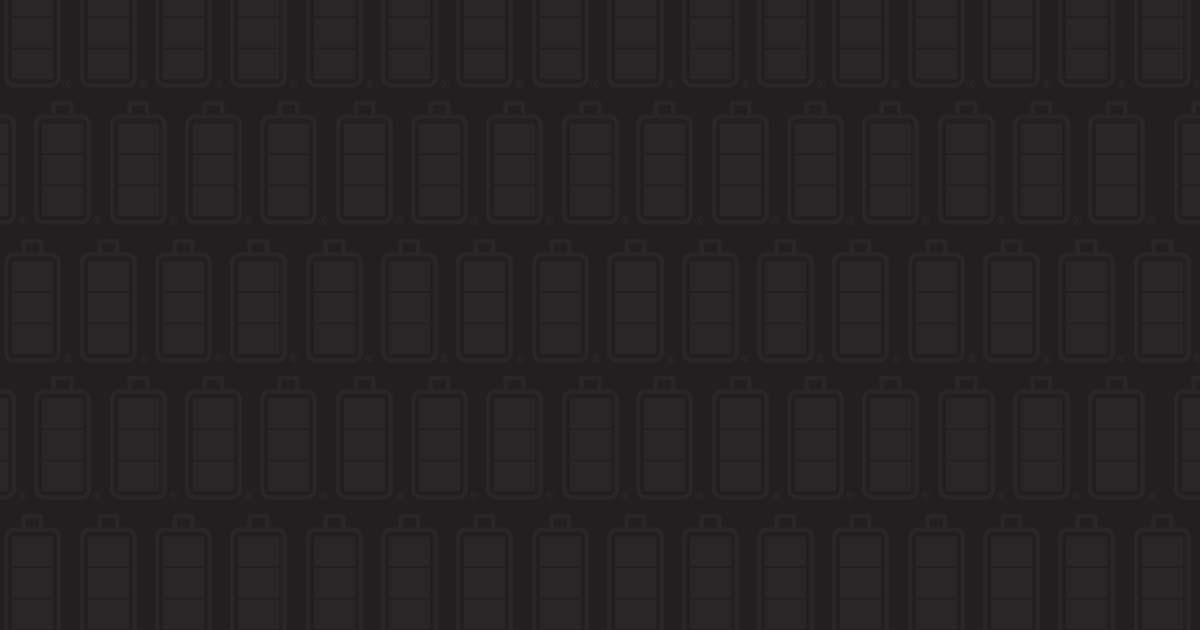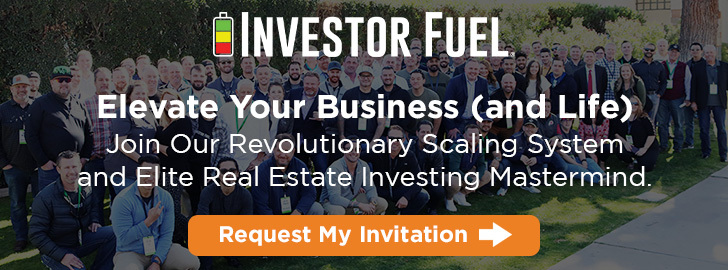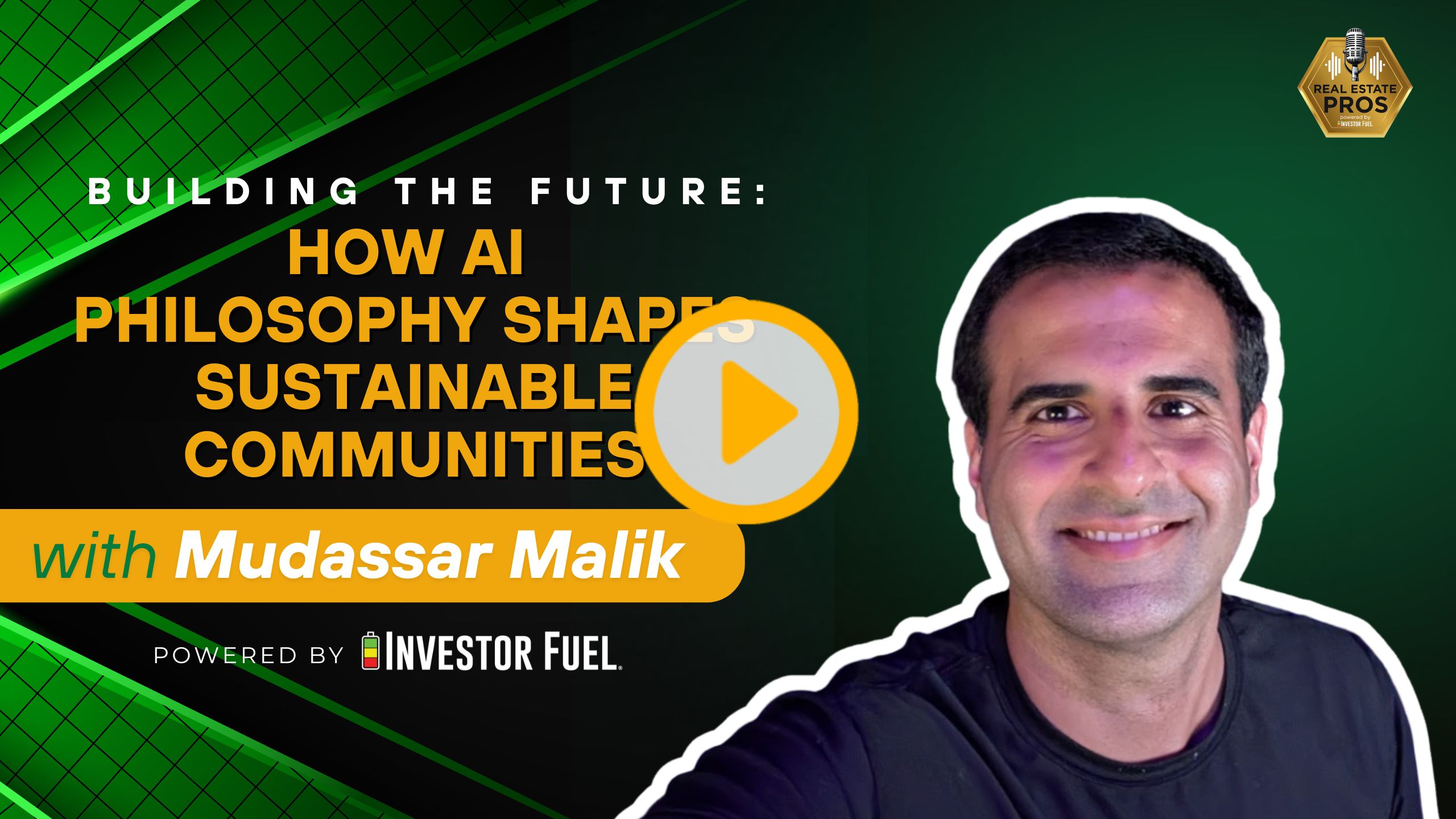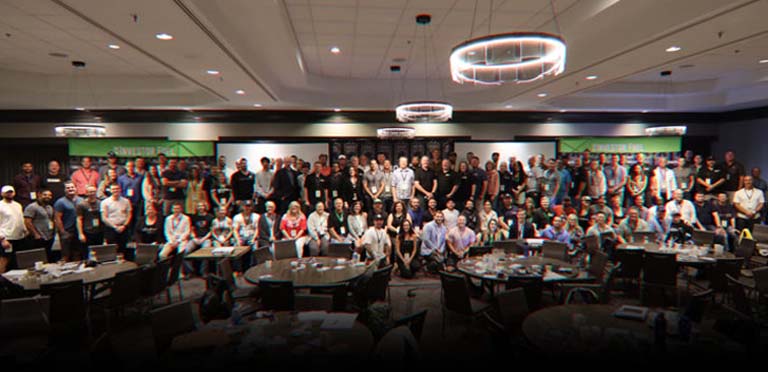
Show Summary
In this conversation, Dylan Silver interviews Mudassar Malik, a data scientist and AI philosopher, about his innovative project, One Lake Drive, which aims to create a self-sufficient, multi-generational community in Delaware. Mudassar shares his personal journey into real estate, the philosophical underpinnings of his project, and the importance of community and environment in promoting well-being. He discusses the integration of AI philosophy into societal structures and the holistic approach to living that he advocates through his work.
Resources and Links from this show:
Listen to the Audio Version of this Episode
Investor Fuel Show Transcript:
Dylan Silver (00:01.55)
Hey folks, welcome back to the show. I’m your host, Dylan Silver. And today on the show, I have a data scientist, AI philosopher coming from 15 years in big data and AI solutions. We’re going to be talking about an interesting project that he has going on in Delaware today called One Lake Drive. Mudassar Malik, welcome to the show.
Mudassar Malik (00:27.637)
Thank you for having me.
Dylan Silver (00:30.774)
I always like to start off at the top of the show by asking folks how they thought about getting into the real estate space.
Mudassar Malik (00:39.781)
So I actually got into it by accident to some extent because my house burned down like quite literally. But I’d always tinkered around with bathrooms and kitchens. This was my first opportunity to tinker with the design of an entire house.
Dylan Silver (00:47.949)
Yeah.
Dylan Silver (00:58.446)
And so was it when you faced that circumstance, of course, sorry to hear that you went through that. That’s of course very, very difficult. Were you thinking of… Yeah. Exactly.
Mudassar Malik (01:08.669)
Everyone made it out alive, so that’s the most important grace of God. Things are irreplaceable. Life is not.
Dylan Silver (01:17.804)
When that happened, were you thinking about embarking on this project or was that really the impetus for the project itself?
Mudassar Malik (01:27.381)
I think at that time I was just worried if the insurance was going to cover it because the cause of was a sauna I had built in the basement. So I was like, my god, are they not going to cover my insurance? I’ll go bankrupt immediately.
Dylan Silver (01:36.227)
Yeah.
Dylan Silver (01:43.224)
Sure. so we talked a little bit before Hoppin’ On here. You have a really interesting idea which is combining self-sufficiency with land as opposed to suburbia, with also this idea of being a philosophical, multicultural or bringing in aspects of different cultures, landscape. Very interesting concept.
Mudassar Malik (02:12.926)
So I guess let me introduce it a little bit more eloquently from my perspective. So after my house burns down, that summer I buy a new house with the insurance money. I get my family and my wife squared away, make sure that they have a roof over their head. And that summer is when the Northern smoke from the Canadian wildfires had blanketed the entire East Coast.
Dylan Silver (02:37.194)
No, that’s right.
Mudassar Malik (02:38.268)
And I was like, you know, OK, well, Biden’s propping all this build back better. But like, we’re still building suburbia as if this smoke and these floodings are never going to impact us over here. like, well, isn’t that what Hollywood is doing? The guys who sold us the white picket fence stream? Like, it’s literally going up in flames because it’s not sustainable to the environment.
And I grew up in Philly where they signed the treaty between William Penn and the Native Americans to build the first settlement when the Europeans first got here. And you look at everything the European settlers did after they got to America, you’re like, they did all that to the environment and didn’t expect any kind of pushback? Really?
Dylan Silver (03:26.723)
Yeah.
Dylan Silver (03:30.848)
And so you have this idea, which we talked about a little bit before hopping on here, about creating a self-sufficient environment, which I think, living on a ranch out here in Dallas, I tend to think is a good thing versus, know, also too, not even to mention from a well-being standpoint, I think that sometimes you just feel better when you’ve got a little bit more space to roam around in.
Mudassar Malik (03:43.539)
Right.
Mudassar Malik (04:00.552)
Yeah, so I wanted to reach back into my village roots of growing up in nearby a mango orchard, but I wanted to bring that village life to suburbia in Delaware because I wanted this to be the house that my kids grew up in. So I wanted it to be a very nature-oriented sanctuary-style model.
like housing where it has both a public space and a private space for residents. You have visitors, can teach them about gardening and other really important topics that we need as a community to survive.
Dylan Silver (04:40.332)
Now would this be a place where there’s apartments or something along these lines or would this be more of a community area or would it be a combination of both?
Mudassar Malik (04:50.066)
So for apartments, actually wanted to redefine how manufactured housing units are getting installed in terms of, you know, like we have the standard suburban house and we have the standard apartment building. And I feel like if you go across all of America, that’s really the only two types of buildings that you see.
Dylan Silver (05:14.254)
Yeah.
Mudassar Malik (05:14.972)
And I wanted to put like third category, which is the multi-generational family home. It’s not necessarily for four people, it’s for 40 people, right? But it’s still the family and you have the same kitchen and you have the same, know, coming from a large family, feel that was very appealing to me. And I wanted to redo the manufactured housing for suburban, like high-rise building.
where you sort of have the high rise instead of having each apartment be encoded and like created at the site. The manufactured housing model that’s shipping containers gives us a stackable thing and we just have to bring it on site and stack it in a very unique configuration.
Dylan Silver (06:06.156)
I like the idea about multi-generational for couple reasons. Number one, think one of the maybe more challenging things about
American culture that I’ve noticed is we tend to isolate quite a bit. Whereas if you travel the world, I’ve traveled, you’ll notice that there’s so many instances where community is almost ever present. Both from a multi-generational standpoint, have maybe people and generations living in the same area, a family, right? But then also from a community standpoint, you’ll have people outside more often, you’ll have neighbors that know each other by name, and in many cases that’s not the case across the US. But then also if you look at it from
From an affordable housing perspective, I’m from the East Coast. I’m from 27 miles outside of Manhattan in northern New Jersey. And so I know just how challenging it is for, you know…
college graduates, recent college graduates, even five year college graduates to qualify for homes where I’m from. It’s just very, I want to say you need about a $220,000 combined household income to qualify for a typical middle class home out there. And so if you have a space which can hold more people, right, that of course still appreciates, so it’s still a real estate asset.
I think that kind of fixes multiple problems. It fixes the community and addresses the community aspect while also addressing, you know, providing a space for many people to live.
Mudassar Malik (07:36.831)
So one of the best things I love about the coming AI revolution is it lets us rethink how we do society in terms of how do we rearrange and arrange society. And the current model is very much based on the industrial age of factory worker. And that’s not really what’s needed anymore when you can sit in your basement and work. Right?
Dylan Silver (08:00.654)
Right. I mean, 100%. On that note, I know one of the components of One Lake Drive is this AI philosophy. Talk to us about that and how that came about and where your vision is for that.
Mudassar Malik (08:20.402)
So I basically grew up at the intersection of East and West with origins in a Muslim country and having moved to America at a very young age, being brought up in a very Christian country. Growing up in Pennsylvania, Philadelphia suburbs, you’ll notice it’s a very religion-based community. There’s a Catholic school around in every township almost, and it competes against the public school.
So I don’t think the school system does education of religion enough justice because historically speaking the most important knowledge of every civilization was in their holy books. And I wanted to instead focus on like a singular book. I wanted to focus on all of them and say, well, let’s do a comparative analysis of every holy book and see what are the skills that everyone has in common. And like, let me learn those skills.
And that’s kind of where I started seven years ago in my self-improvement and health and fitness journey of like, hey, can I just, you know, read every philosophy book of religion and see if I can like analyze it with AI and data science and learn the skills that it holds. And I came up with like seven.
Dylan Silver (09:37.538)
That’s right.
Mudassar Malik (09:40.991)
I call them the seven skills of scripture. So the first is the breath. You will survive 30 minutes to four minutes without your ability to breathe, should you be so deprived. And your lungs are kind of like essential operating machines. If they go down, you go down. Blackouts are known to occur if your brain is deprived of oxygen. It’s just like simple biology.
Dylan Silver (09:51.8)
Mm-hmm.
Dylan Silver (09:59.81)
Right.
Mudassar Malik (10:09.414)
Every religion has some mention of the breath of life from Genesis to Prana in the Eastern Hindu traditions.
the spirit in more Christian books. The Holy Spirit is the bread.
Dylan Silver (10:26.35)
And so there’s a lot of overlap, and we talked about this before hopping on, between this idea of a self-sustaining, self-sufficient space, adding in multi-generational place that can hold a family, quite literally, and then also this idea of also having a type of well-being overall holistic approach.
Mudassar Malik (10:51.312)
approach to housing, basically the idea that a place should not be just one thing, a place should be everything to someone because that’s how it was designed by nature, right? You’re going to have animals and trees and plants and other things inhabit the space along with the family.
Dylan Silver (11:06.222)
All right.
Dylan Silver (11:14.946)
You know, one of the things that I’ve noticed about ranch life, I’m on a ranch here in North Dallas in a town called Denton, is you can quite easily be so focused on your own stresses, anxieties, worries, right? But then if you go outside and you’re looking at goats and cows and chickens,
Mudassar Malik (11:15.611)
living there.
Dylan Silver (11:38.242)
their stresses are so completely unrelated to your own, it does put things in perspective. And one of the things that I have noticed about, we mentioned suburbia, right, is because you’re not really surrounded by anything, any other living creatures, or rarely, you might see a deer running somewhere, or a squirrel, but it’s kind of rare, is you lose sight of that. And so you can quickly, and almost unceasingly, become anxiety-ridden because
you’re effectively around other anxious people. You yourself may be anxious and there’s no getaway. There’s no, I would say, respice to a landscape that may be more soothing, quite literally.
Mudassar Malik (12:26.526)
So part of the impetus is my wife is a geriatrician and I spent some time in Brooklyn when she was studying for her internal medicine residency. And I saw like just how sick people got from that city lifestyle of Brooklyn, especially like the food deserts that pop up in New York. By the time you’re 65, you’re not doing so well. Right?
Dylan Silver (12:50.542)
Yeah, that’s absolutely true. know, I can relate to that. I don’t know if you saw this, this weekend there was this, I guess, making waves online about there’s something like 95,000 100 plus year old Japanese nationals currently.
Mudassar Malik (13:09.94)
Blue Zone.
Dylan Silver (13:11.094)
Yeah, and one of the interesting things is, know, well, why is that, right? And then you compare the foods among many other things, but the foods, and it kind of becomes more clear.
Mudassar Malik (13:23.764)
So there’s actually like a very well documented study about the blue zones outside of the Japanese culture about like how do people live up to 100 to 120 and in good health. And this is like an entire field of study in healthcare. how do you, know, Christopher Columbus came to America looking for the fountain of youth. And if you can solve how to get to 100 to 120 in good health, you kind of get there, right?
Dylan Silver (13:51.714)
Yeah, that’s probably a good point to start.
Mudassar Malik (13:55.753)
So I’ve discovered from my research that the optimum way to improve your lifespan is through a combination of fasting, movement, and breathing combined with the right diet and the environment.
Dylan Silver (14:13.122)
Yeah, I think, you know, when it comes to environment, I think a lot of people don’t think about that. I think a lot of people wouldn’t even address or maybe it’s hard to fathom, specifically American culture, right? That your environment could have some type of impact on your lifespan. Because you may think, well…
You I’m not particularly stressed or you may not feel that way, but you also have nothing to compare it to. Like, for instance, before I started living this ranch life, I thought, well, I’m not exactly, it’s not like I need, you know, cows or chickens or anything for food. We have grocery stores. Why would I need that? But it’s not just about that. Like I was previously saying, it’s… Yeah, yeah.
Mudassar Malik (14:53.246)
They’re pleasing to behold, right? You get pleasure just from seeing it. You get pleasure from seeing a body of water because you know you’ll have water to drink should anything happen.
Dylan Silver (15:05.483)
Yeah, that’s exactly right. mean, the alternative is that you never see it, right? And you begin over time, I think, sort of forget or in my case, not see the value in it, which then I don’t know what even the effect of that is, but I don’t imagine it’s good if you’re just used to and comfortable with a kind of very structured, rigid
semi-artificial existence.
Mudassar Malik (15:38.266)
I mean that’s what New York City is, with the Central Park, It’s a very commercialized, very structured, rigid existence. I grew up in the desert regions, so like you would go blocks without ever seeing a tree.
Dylan Silver (15:57.868)
Yeah, it’s wild. We are coming up on time here at Moodisar. Where can folks go maybe to learn more about One Lake Drive to get in touch with you? Where can folks go to get in contact with you?
Mudassar Malik (16:04.596)
you
Mudassar Malik (16:11.472)
So onelegdrive.com is the sort of temporary website I’ve set up. It doesn’t have a lot of details on it, but I’ve put together like a draft website. Hopefully by the time this podcast releases, my full website will be online.
Dylan Silver (16:30.366)
Muddhissar, thank you so much for coming on the show here today. Interesting to talk about these topics here with you.









